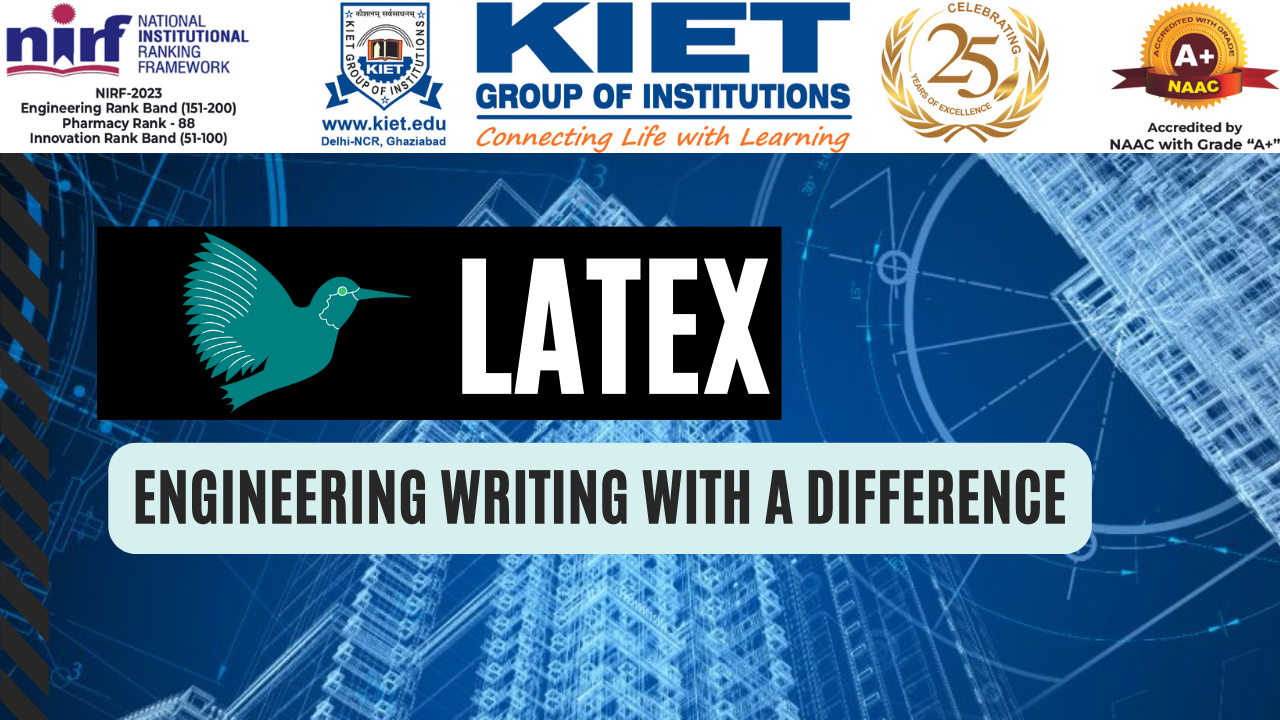Introduction
In the world of engineering, precision and clarity are paramount. Whether you’re writing research papers, technical reports, or project documentation, the way you present your work can greatly impact its effectiveness and the message it conveys. This is where LaTeX steps in, offering a powerful and unique approach to engineering writing that sets it apart from traditional word processors.
What is LaTeX?
LaTeX (pronounced “lay-tech” or “lah-tech”) is a typesetting system and document preparation tool that allows users to create high-quality documents, particularly those that involve complex mathematical equations, technical diagrams, and scientific notations.
Engineers and researchers often turn to LaTeX for its ability to produce professional-looking documents that maintain consistent formatting, regardless of the content’s complexity. LaTeX documents are created using plain text files with special commands that define the structure, formatting, and elements of the document. These files are then processed by the LaTeX compiler to generate a beautifully typeset output.
Advantages of LaTeX in Engineering Writing
Mathematical Equations and Symbols: One of the standout features of LaTeX is its unmatched ability to handle mathematical expressions and symbols.
Consistent Formatting: LaTeX ensures that your document adheres to a consistent formatting style throughout, eliminating the need for manual adjustments to font sizes, headings, and spacing.
Version Control and Collaboration: LaTeX documents are essentially plain text files that can be easily managed using version control systems like Git.
Professional Layouts: LaTeX offers a variety of document classes and templates tailored for various types of engineering documents, from research papers to technical reports.
Citations and References: BibTeX or BibLaTeX tools allow you to maintain a centralized bibliography database and automatically generate properly formatted citations and references in your document.
Cross-Referencing: LaTeX’s cross-referencing capabilities ensure that these references are automatically updated as you make changes to the document.
Long Documents and Theses: For engineering theses or lengthy technical reports, LaTeX excels at handling large documents. It efficiently manages the table of contents, page numbering, headers, footers, and chapters, making navigation and organization seamless.
While there might be a learning curve involved in mastering LaTeX’s commands and syntax, the benefits it brings to engineering writing are well worth the effort. So, if you’re an engineer striving for documents that exemplify accuracy, consistency, and visual appeal, LaTeX is the tool that can truly make a difference in your writing.
Authors:

Ms. Supriya Dubey
Department of Computer Science and Information Technology,
KIET Group of Institutions, Delhi-NCR

Dr. Manish Bhardwaj
Department of Computer Science and Information Technology,
KIET Group of Institutions, Delhi-NCR
